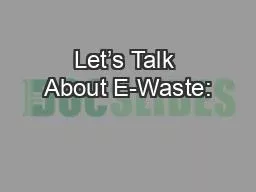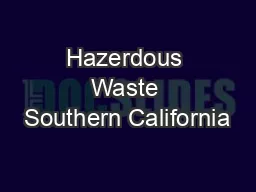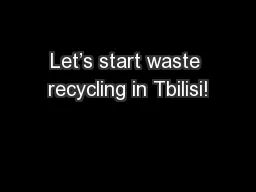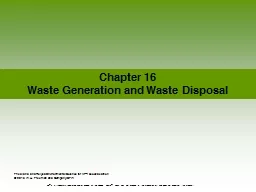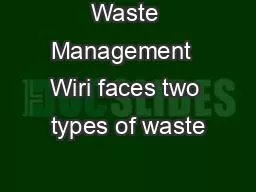PPT-Let’s Talk About E-Waste:
Author : bikershobbit | Published Date : 2020-08-03
How Can LIS Pedagogy Engage This Difficult Problem A Presentation for the 2015 Symposium on LIS Education Champaign IL April 11 2015 Karin Hodgin Jones Jimi Jones
Presentation Embed Code
Download Presentation
Download Presentation The PPT/PDF document "Let’s Talk About E-Waste:" is the property of its rightful owner. Permission is granted to download and print the materials on this website for personal, non-commercial use only, and to display it on your personal computer provided you do not modify the materials and that you retain all copyright notices contained in the materials. By downloading content from our website, you accept the terms of this agreement.
Let’s Talk About E-Waste:: Transcript
Download Rules Of Document
"Let’s Talk About E-Waste:"The content belongs to its owner. You may download and print it for personal use, without modification, and keep all copyright notices. By downloading, you agree to these terms.
Related Documents

